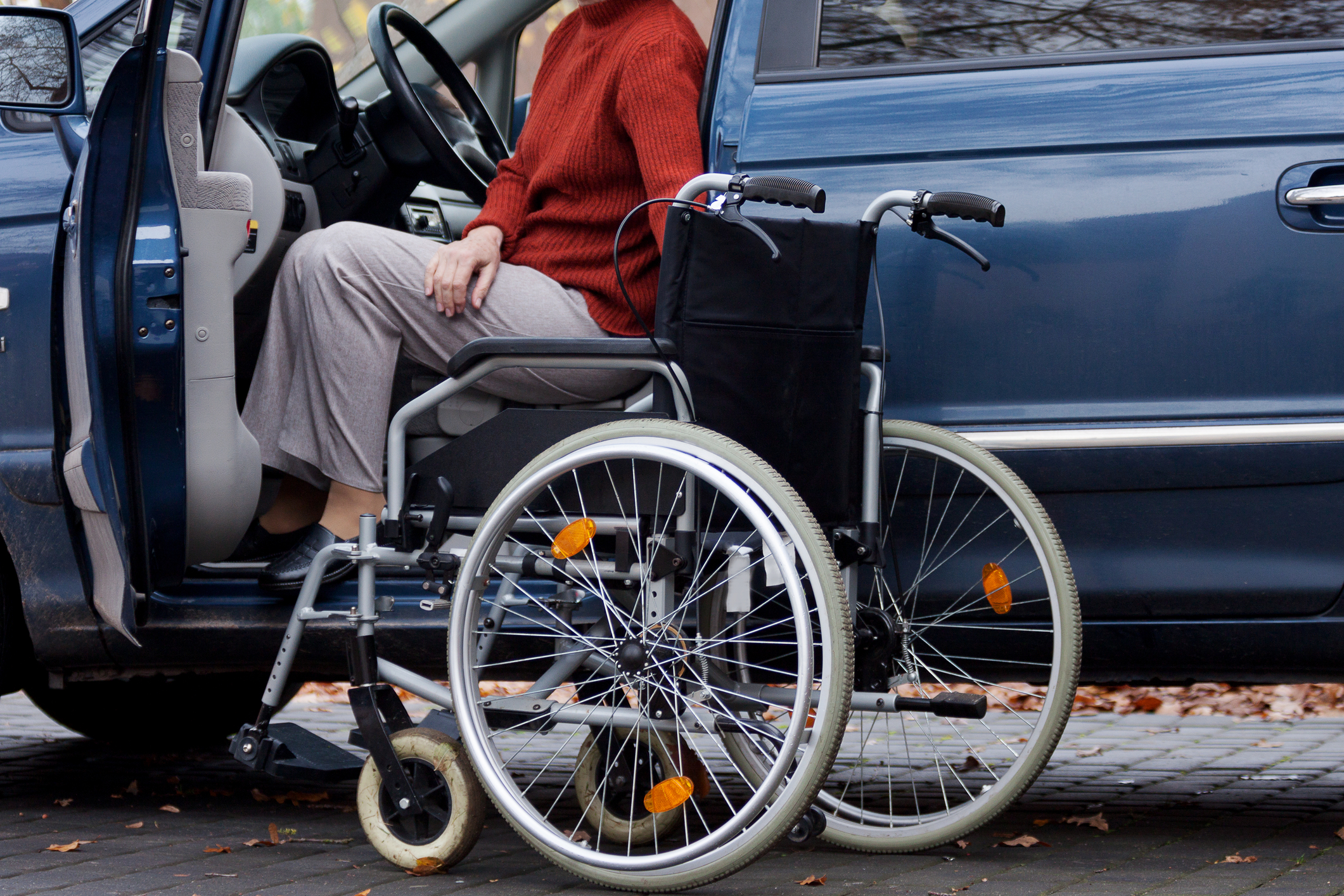Julie Entwistle, MBA, BHSc (OT), BSc (Health / Gerontology)
I love the song “Scare Away the Dark” by Passenger. Some of the lyrics have powerful insinuations: “we should stare at the stars and not just at screens”…”we want something real not just hashtag and twitter”…”we are all slowly dying in front of computers”. I believe there is significant truth to what he is saying. The technology pendulum has swung so far in the direction of obsession and I am personally looking forward to it bouncing back to some form of neutral.
If addiction is defined as “the state of being enslaved to a habit or practice that is physically or psychologically habit forming to such an extent that its cessation causes severe trauma…or “usage of something that is beyond voluntary control” then I would argue that technology applies, and many people have a serious problem.
On a recent holiday the evidence of this was immense. On one occasion I saw three young women on a horse-drawn carriage ride (a $50 experience I might add) and they were all looking at their phones. Were they texting, tweeting, posting on FB “loving my horse drawn carriage ride”, or maybe playing candy crush, instagramming a photo, taking a selfie? Or the families sitting at dinner looking down, using their devices, essentially ignoring each other. Or the guy at the theme park videotaping his experience – he was even videotaping while a photographer was taking their family photo! I am not sure it matters what these people’s intentions were with their devices, but I felt that in perhaps trying to capture these moments they were missing them completely. Look around, talk to each other, take in the sights, sounds, smells, be mindful of the fragility of life and take a moment to be grateful for the experience. Connect. Engage. Smile at a person, not just a screen.
Now don’t get me wrong, I am all for capturing moments. But some moments need to be captured by our eyes and filed in our brain, not just on a device, memory card, or online. The concept of being present includes enjoying moments while you are in them – without living in the past or obsessing about the future. How can we do this? Enlightened Living suggests that being present involves recognizing that we can only do ONE thing at a time and thus we should engage wholeheartedly. Taking a photo while trying to absorb a moment are two tasks that cannot happen simultaneously. Thus why people feel that “life has passed them by”…they were never there to fully experience it in the first place.
So every once in a while check your addiction. Step away from your phone. Take technology away from your children. Leave it at home. Don’t take it on vacation. Set rules for technology behavior. In our house we have significant rules for screen use, including a 17 clause contract our daughter signed in getting her first cell phone at age 14. Rule # 1: The phone cannot be used to be mean to anyone – directly or indirectly. Rule # 2: Proper grammar and spelling must be used when communicating. Rule # 4 and 5: The phone is not allowed upstairs and cannot be used during family or meal times. Rule # 9: I will not use my phone to take photos or video of people without their permission. I will not post or share photos or video without consent of the people in them. Rule # 15: I will follow classroom and teacher rules for phone use when at school. Rule # 16: I understand this is not an appendage and obsessive use will not be tolerated. Rule # 17 is a list of reasons for repossession. My 14 and 12 year olds read the contract together. At the end my 12 year old said “so, what CAN she do”?
Do you feel sorry for my kid? Don’t. The real reason for the contract was not because she needs to be rigidly structured, but because I, as a new parent of a kid with a cell phone, was not comfortable with the entire concept in the first place. At 14 (and younger) kids are not developmentally able to understand and grasp the full impact of this new power in their possession. That is why there are recommended ages for Facebook (14), and age-specific laws for driving and drinking. They are young, naïve, immature, and still learning the ways of the world. I have a responsibility to be her guide, as effortful as that is. In the end, the contract worked to set out the expectations, establish boundaries, communicate about safety and proper use, and helped us recognize the need to adapt as a family to the transition of now raising teenagers, not just “kids”. But my true intent was to make sure that I don’t teach her, or worse, model for her, that technology trumps experiences, replaces in-person relationships, or is a valuable way to tick away the proverbial time bomb that is life.
So, try if you can to capture moments by being present, and by using your born faculties to photograph, store and file your memories – not just a device. Check in with yourself at times about your behaviors, track these, shock your system with some detox, set some boundaries and try to unplug.

